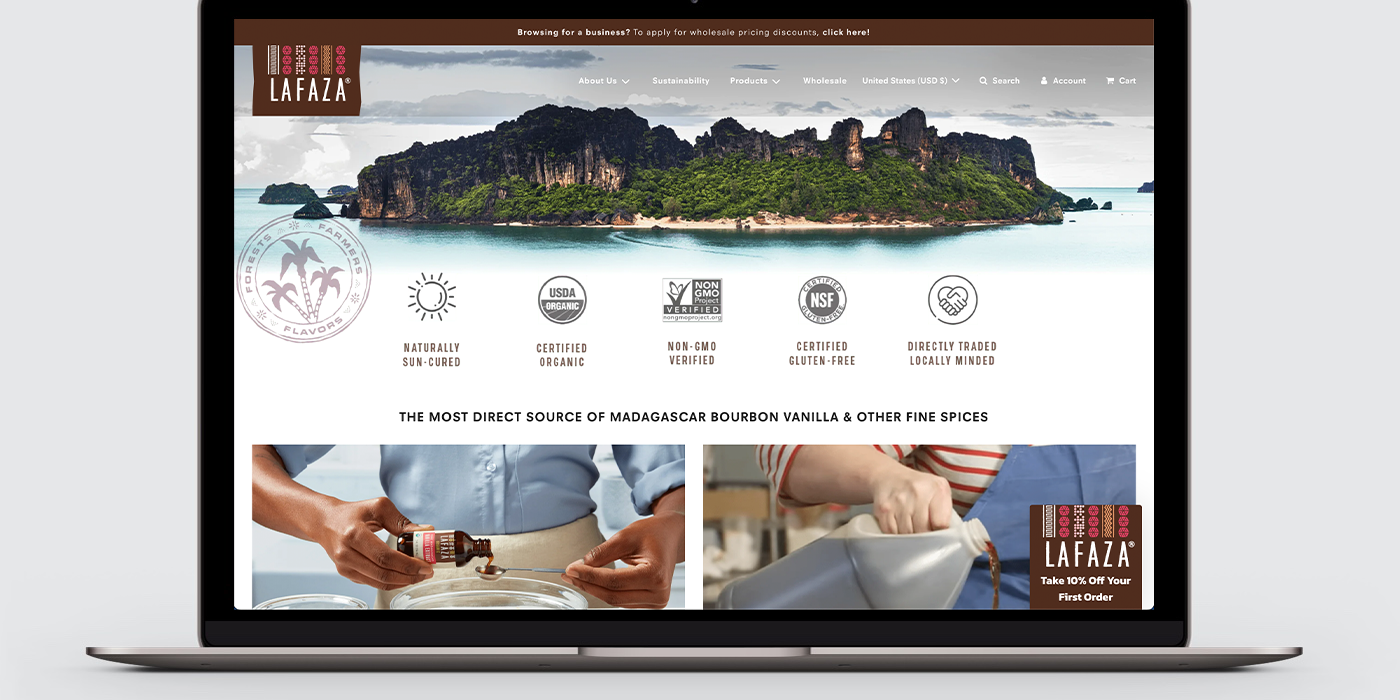Building Strong Digital Foundations for CPG Brands
In today's ever-evolving digital landscape, consumer packaged goods (CPG) brands must navigate the complex ecosystem of online marketing to keep up with changing technology, audience behavior, and market competition. From building a functional website to crafting a compelling brand story, the digital foundation of your CPG business is the key to success. In this blog post, we will explore how technology, analytics, and attribution modeling can help build a robust digital foundation for CPG brands to drive sales, foster loyalty, and stay ahead of the game.

In today's ever-evolving digital landscape, consumer packaged goods (CPG) brands must navigate the complex ecosystem of online marketing to keep up with changing technology, audience behavior, and market competition. From building a functional website to crafting a compelling brand story, the digital foundation of your CPG business is the key to success. In this blog post, we will explore how technology, analytics, and attribution modeling can help build a robust digital foundation for CPG brands to drive sales, foster loyalty, and stay ahead of the game.
Understand Your Customer Journey
Before creating any digital content or tools, it's essential to know your target audience's behavior, needs, and preferences. You should map out your customer journey from awareness to conversion to retention, identifying your target customers' demographic, psychographic, and behavioral characteristics at different stages. This will help you understand better which digital touchpoints, channels, and messaging tactics work best to engage and convert them. You can use various analytics tools such as Google Analytics, Omniture, or Mixpanel to track customer behavior and campaign effectiveness to refine your strategies continuously.
Choose the Right Technology Partners
To build a robust digital foundation, it's not enough to have great content and a beautiful website; you need the right tools to execute your campaigns, monitor your data, and automate repetitive tasks. There are many software options out there, such as marketing automation platforms, customer relationship management (CRM) systems, eCommerce platforms, and social media management tools, that can help streamline your digital marketing efforts. You should always choose a technology partner that aligns with your business goals, fits your budget, and has a good reputation in your industry.
Design Your Attribution Model
One of the biggest challenges of digital marketing is to attribute the value of each touchpoint and channel to the final conversion. You can't rely on just last-click attribution and ignore the role that other touchpoints play in the customer journey. You should design a multi-touch attribution model that assigns credit to all relevant touchpoints, such as social media ads, email campaigns, referral links, and landing pages, based on their impact on driving conversions. This will help you optimize your budget allocation, improve your ROI, and identify the best-performing channels for your CPG brand.
Optimize Your Site for Conversions
A well-designed website with a great user experience is crucial for CPG brands to convert visitors into customers and retain them in the long run. You should focus on creating engaging, informative, and persuasive copy, as well as visually appealing product images and videos that showcase your products' benefits. You should also optimize your site for search engines by using relevant keywords, meta tags, and structured data to improve your organic search rankings. Additionally, you can use A/B testing and heatmaps to track user behavior and experiment with different designs, layout, and content to increase your conversion rate.
Invest in Content Marketing
Finally, content marketing is a powerful tool for CPG brands to build brand awareness, educate their target audience, and establish thought leadership in their industry. You can create blog posts, social media posts, infographics, videos, podcasts, and other types of content that align with your brand values, positioning, and target market preferences. By providing value-added content that informs, entertains, and engages your audience, you can generate leads, nurture relationships, and drive conversions in a more organic way.
Optimize Your Systems Over Time
Building a robust digital foundation is an ongoing process that requires continuous learning, testing, and optimization. By following these five best practices - understanding your customer journey, choosing the right technology partners, designing your attribution model, optimizing your site for conversions, and investing in content marketing - you can create an effective digital strategy that drives sales, fosters loyalty, and outperforms your competitors in the CPG industry. Remember to track your data, iterate on your strategies, and always put your customers' needs first to succeed in the digital world.